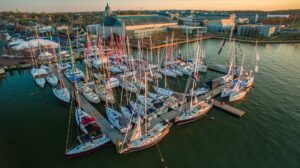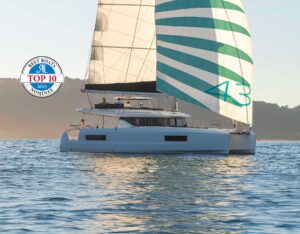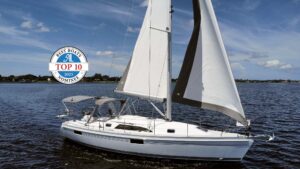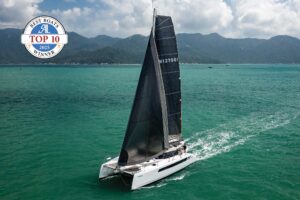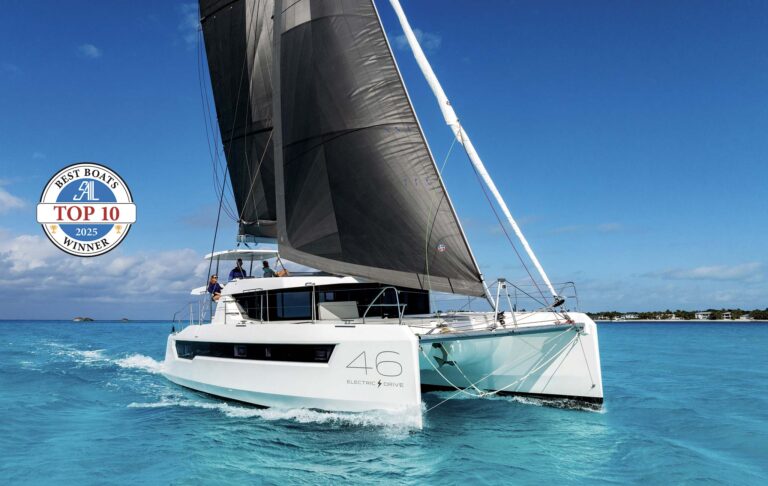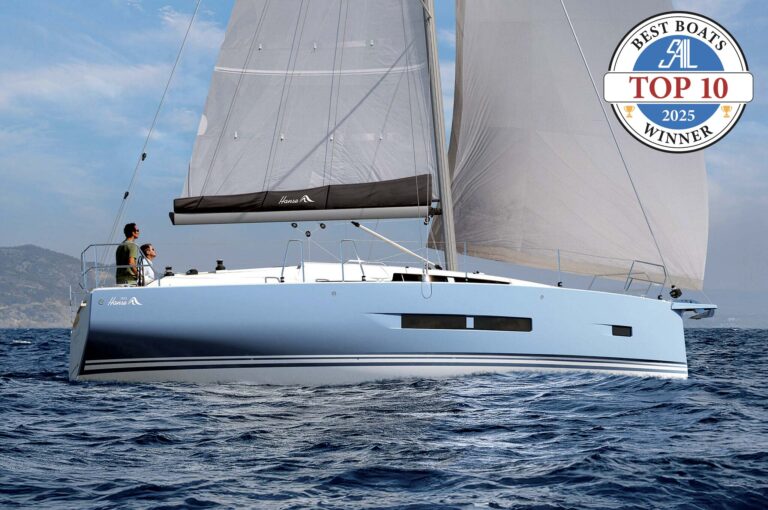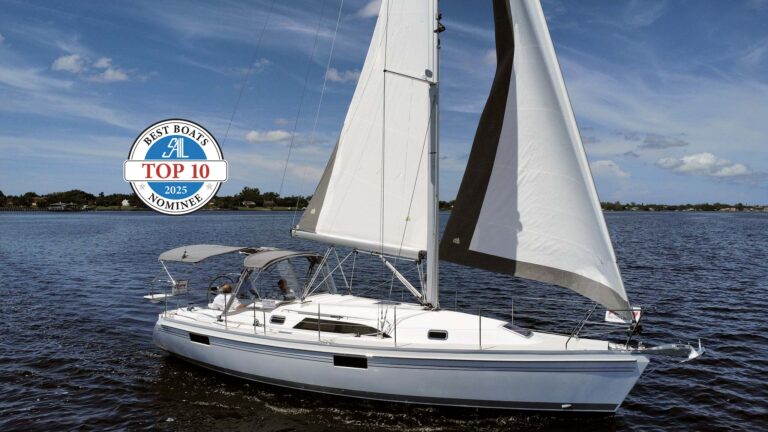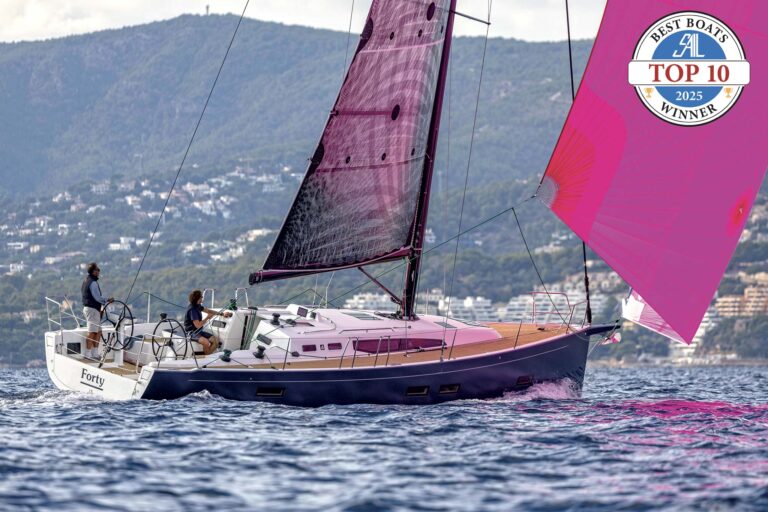
When San Francisco sailors Russ Irwin and Fay Mark decided to take sabbaticals from their business careers, she was managing Web sites for major corporations and he was a successful venture capitalist. They decided they would buy a yacht and head west until they got either “tired or bored.” While their multiyear plan included cruising through the islands of the South Pacific and visits to New Zealand and Australia, they also agreed that if neither one was suffering from either of the above-named afflictions, they would continue sailing around the world.
Although the Swan 44 they had owned for years had given them many rewarding moments, both on the racecourse and as a coastal cruiser, they knew it wasn’t designed to carry all the things they wanted to have aboard. These were included in an exhaustive 15-page design brief they’d written about their project. Like every good business plan, it began with the mission and continued with a detailed analysis and general description of the yacht that would be their primary home for a number of years. Some parameters were clear: It would be a 50-to-60-foot sailing vessel that would be crewed primarily by two people and would be capable of making a circumnavigation. Living arrangements and safety requirements followed, inspired in part by Irwin’s height (he is over 6 feet tall and had hit his head on enough objects over the years to give the subject of headroom a high priority). There were also any number of specific discussions of the deck layout, the need to have a hard dodger, galley equipment, excellent cruising range, unsurpassed power generation, and storage capability.
Irwin began his search for a yacht by going to boat shows and talking to brokers; he also researched the comparative merits of aluminum and composite construction for a yacht this size. When he’d finished making the rounds, he wasn’t at all surprised to find that if he and Mark wanted a yacht that had everything they thought was important, they’d have to design and build it themselves.
Half a dozen designers were on Irwin’s short list, but after Chuck Paine submitted his treatise on the kind of yacht he thought they needed, they knew he understood what they were looking for. No one knew it at the time, but theirs would be the last sailing design to originate from the Paine office. After a fabulous 35-year career, Paine announced last November that he would be closing his office to write a memoir and to build a 26-foot daysailer inspired by Herreshoff’s fish boat.

Specific dimensions
LOA: 53’9″
LWL: 46’11”
Beam: 15’3.5″
Draft: 7’6″
Displacement: 44,900 lbs (half load)
Ballast: 16,400 lbs
Sail area: (100% foretriangle) 1,337 sq ft
Auxiliary: Yanmar 110-hp diesel
Fuel: 287 gal
Water: 145 gal
Waste: 22 gal
Electrical: 24-volt system, Mastervolt gelcel batteries (1,000 Ah); dual 150-amp alternators; flexible solar panels; Southwest Windpower wind generator
Sail area-displacement ratio: 16.93
Displacement-length ratio: 194
In the Paine office, senior sailing-yacht designer Ed Joy was tasked with moving New Morning from the specifics in the design brief to working drawings. “They really had refined what was important to them,” says Joy. “Many details they specified for this yacht were very sophisticated, and their strong technical backgrounds were a big help in the design process.”
Irwin’s request for a hard dodger that would do several things well was at the top of the wish list. It would have an aesthetically pleasing profile, would provide excellent visibility for piloting in all conditions, and would be a comfortable place to relax or entertain in port. In addition, the cockpit sole would be entirely on one level so no one would have to step up or down. All sail-control lines would be configured so they ran from the mast back underneath the deck to termination points at winch and stopper consoles located on peninsulas directly in front of the helmsman on both sides of the cockpit. And even though there would be no wood trim on deck, it would be a significant part of the interior dcor. The interior spaces would have to account carefully for storage, tankage, and systems requirements while simultaneously being warm and welcoming.

